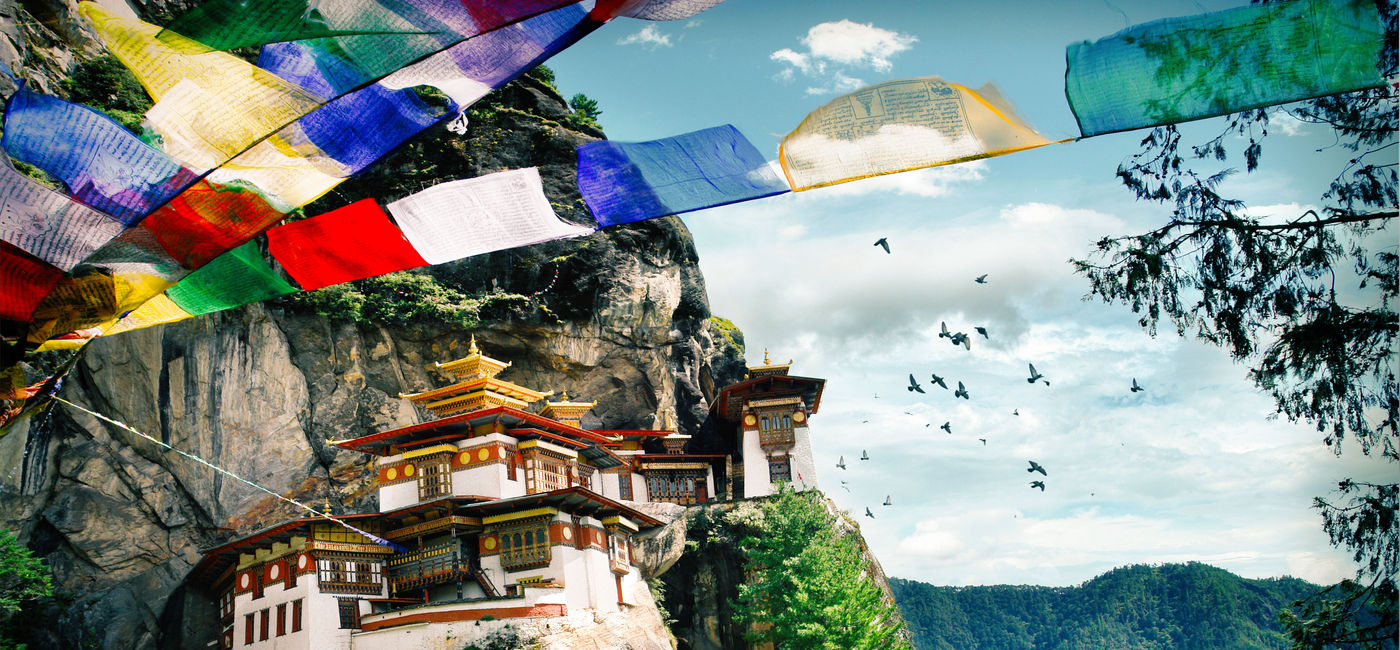Bhutan Reduces Daily Tourist Fee by Half to Attract More Travelers

The Himalayan kingdom of Bhutan is set to reduce its $200 daily tourist fee by half, Reuters reported. The reason? The famously isolationist country, a mountainous sanctuary landlocked between behemoths China and India, is struggling to revitalize its tourism sector a year after dropping its pandemic-related restrictions.
Upon reopening its borders in September 2022, when the worst of the COVID-19 threat had passed, the small South Asian country raised its “Sustainable Development Fee” (SDF) to $200 per night per visitor for tourists paying in U.S. dollars, a steep increase from the former amount of $65. The Bhutanese government said at that. time that the funds would be put toward offsetting the carbon emission generated by its tourism industry.
“The minimum fee we are asking our friends to pay is to be reinvested in ourselves, the place of our meeting, which will be our shared asset for generations,” H.E. Dr. Lotay Tshering, the Honorable Prime Minister of Bhutan said last September when discussing the cost increase.
The newly reduced tourist rate of $100 per person per day will take effect as of September 1 and is set continue for the next four years.
A tiny nation nestled in the Eastern Himalayas, Bhutan might well lead the world in terms of its dedication to sustainability, at least in terms of prioritizing the preservation of its precious natural assets and cultural treasures. For generations, the country was largely cut off from the rest of the world, and didn’t open to tourism in any capacity until 1974.
Bhutan remains rightly wary of the potential impacts of mass tourism on not only its ancient and pristine lands, but on its people. Its citizens’ connection to their communities, their traditional way of life, and strongly held Buddhist beliefs contribute to its widely accepted status as the happiest country on Earth. Overall, the government is committing to its “high value, low impact” tourism policies.
Bhutan is known for its unique landscapes, unspoiled natural environment, high-altitude monasteries, distinctive architecture, vibrant festivals and more. Over 70 percent of the country is covered in forestland and it remains the only carbon-negative nation in the entire world.
This new incentive of reduced tourist fees is being adopted, “in view of the important role of the tourism sector in generating employment; earning foreign exchange; realizing the potential for spillover benefits for ancillary industries; and in boosting overall economic growth,” according to the Royal Government of Bhutan’s announcement.
Reuters reported that the 2022 institution of a higher SDF served to limit the kingdom’s international visitors to wealthier travelers, a portion that constitutes a mere fraction of the arrival numbers seen in nearby Nepal. Bhutan now hopes to increase the tourism sector’s contribution to its $3-billion national economy from approximately five percent to about 20 percent.
Dorji Dhradhul, director general of the Department of Tourism, said that the kingdom has seen more than 56,000 tourists since the start of the year, but about 42,000 of those were Indian nationals, who are only required to pay 1,200 Indian rupees ($14.50) a day.
